Have you ever wondered how some plants seem to thrive even in the most challenging soil conditions? If you’ve ever been curious about how to successfully grow Nopal cactus in poor soil, then you’re in the right place. The Nopal cactus, also known as Opuntia or prickly pear, is a resilient succulent known for its ability to survive in arid environments. But there’s more to growing this fascinating plant than just plopping it in the dirt and hoping for the best. Let’s explore how you can cultivate a flourishing Nopal cactus even if you’re dealing with less-than-ideal soil.
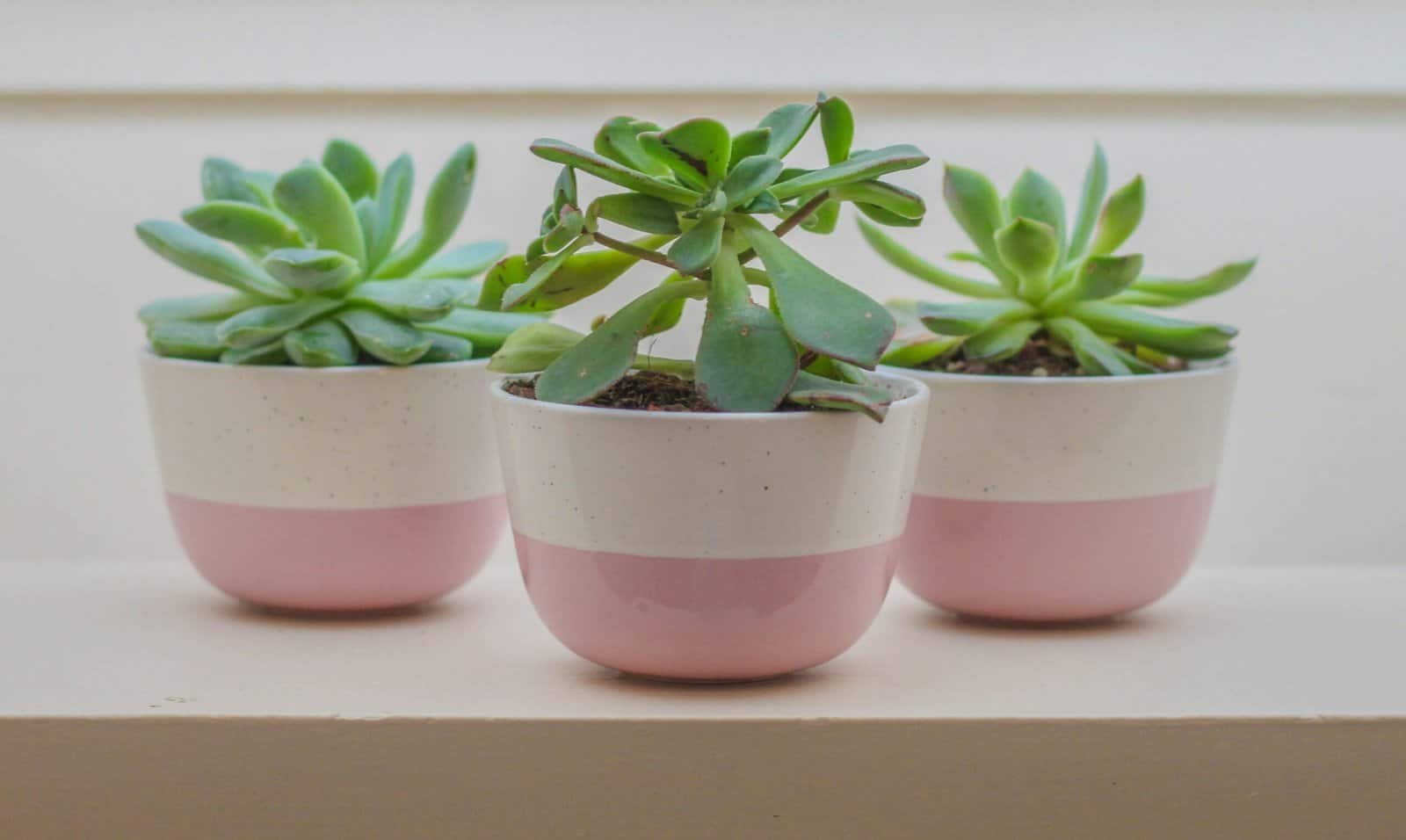
Understanding Nopal Cactus
The journey to growing a thriving Nopal cactus begins with understanding the plant itself. Native to regions of the Americas, these cacti are known not only for their hardiness but also for their culinary and medicinal uses. Nopal pads have been used in traditional dishes and as natural remedies for centuries. As a gardener with an interest in this fascinating plant, you’ll want to know what makes it tick.
Nopal Cactus Characteristics
Nopal cacti are characterized by their flat, thick pads, which serve as leaves. These pads are covered with spines or small glochids that can be sharp to the touch. While their appearance is distinct and imposing, the resilience of these cacti lies in their physiological adaptations to store water and thrive in arid climates where other plants might struggle.
Uses of Nopal Cactus
Beyond its aesthetic appeal, the Nopal cactus has practical uses that might interest you if you’re considering growing it. The pads are edible and can be prepared in various dishes, offering a unique flavor and nutritional benefits. Moreover, its potential health benefits, including anti-inflammatory properties and blood sugar regulation, make it a valuable addition to your garden.
Assessing Your Soil Conditions
Before you plant your Nopal cactus, it’s essential to assess the soil conditions you’re working with. Understanding the limitations of your soil will help you make informed decisions to support the growth of your cactus.
Characteristics of Poor Soil
Poor soil often lacks essential nutrients, has imbalanced pH levels, and may possess inadequate drainage, all of which present challenges for plant growth. If your soil is sandy, clay-heavy, or has been overworked without replenishment, it might qualify as poor soil that needs amendment.
Testing Your Soil
To determine the condition of your soil, consider conducting a soil test. This process involves taking samples of your soil and having them analyzed for nutrient content, pH levels, and composition. Knowing these details will guide you in making the necessary amendments to create a viable environment for your Nopal cactus.
Preparing the Soil for Planting
Despite dealing with poor soil, you can take steps to optimize it for planting Nopal cactus. Preparation is key to fostering successful plant growth, so let’s look at how you can transform your soil into a cactus-friendly medium.
Amending Your Soil
Amending poor soil involves adding organic matter and other amendments to improve its structure and nutrient content. For Nopal cactus, consider adding compost to enrich the soil with organic nutrients and aid in water retention. Additionally, sand or perlite can be added to improve soil drainage, which is vital for preventing root rot in cacti.
| Soil Amendment | Purpose |
|---|---|
| Compost | Enrich nutrient content |
| Sand or Perlite | Enhance drainage |
| Lime | Adjust pH if too acidic |
Creating Raised Beds
Another effective strategy for growing Nopal cactus in poor soil is to construct raised beds. Raised beds allow you to control the soil composition more precisely, ensuring better drainage and nutrient availability. If your available soil space poses significant challenges, raised beds can be a game-changer for your gardening efforts.
Planting Nopal Cactus
With your soil prepared, it’s time to focus on planting your Nopal cactus. Proper planting techniques are crucial in establishing a healthy plant that will thrive even in less-than-ideal conditions.
Choosing the Right Location
Select a location with plenty of sunlight, as Nopal cacti require full sun exposure to grow robustly. An area that receives at least six to eight hours of sun per day is ideal. Additionally, ensure that the chosen spot facilitates good air circulation to reduce the risk of pest infestations.
Planting Process
When you’re ready to plant, dig a hole slightly larger than the root ball of your cactus pad or established plant. Position the cactus in the hole and fill it with the amended soil, ensuring the base of the pad is at or slightly above soil level to encourage proper water runoff. Water the plant sparingly after planting, as overwatering can harm cacti.
Spacing Considerations
If you’re planting multiple Nopal cacti, ensure adequate space between each plant to accommodate their growth and allow for air circulation. A spacing of around three feet between each plant is a good starting point.
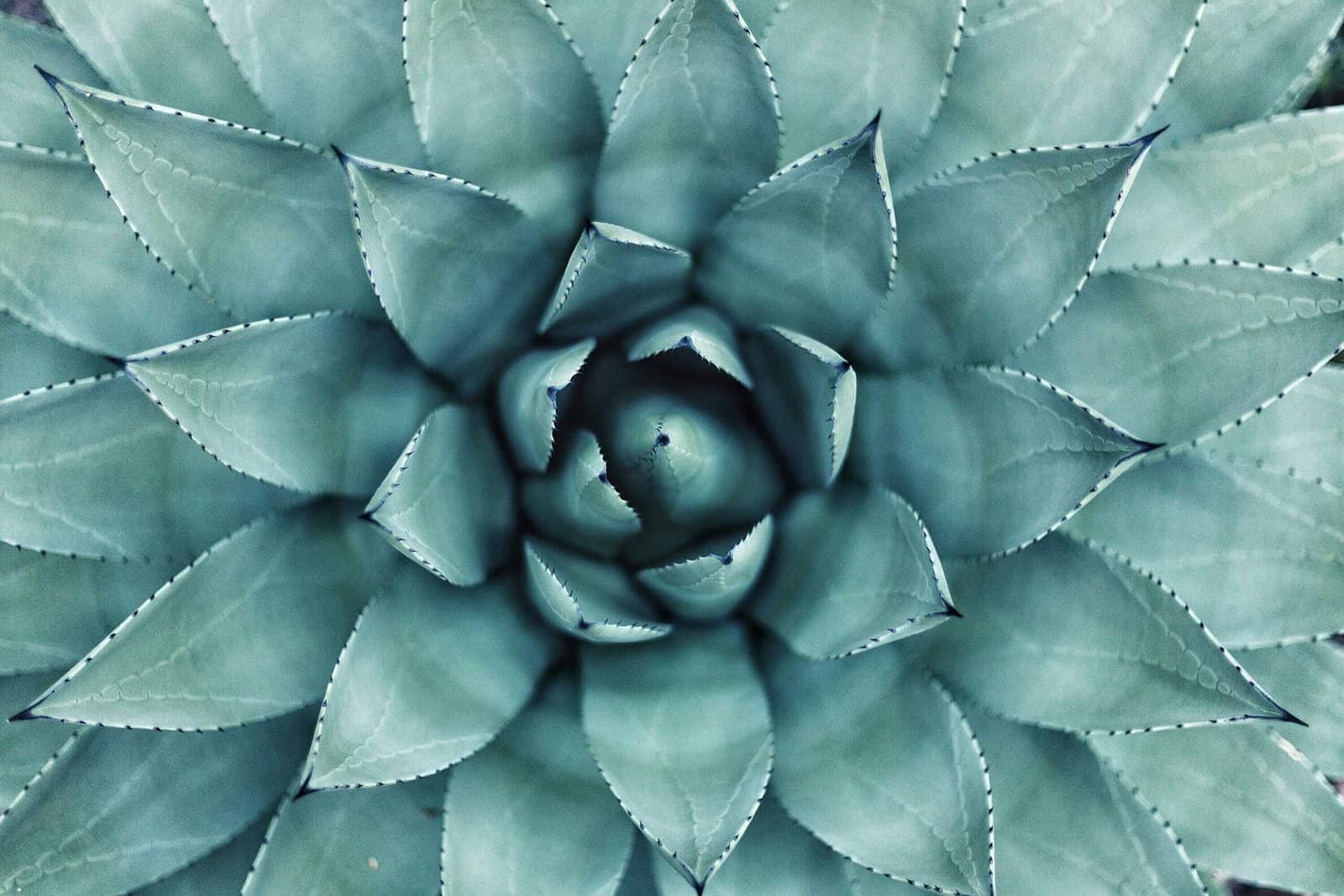
Watering Your Nopal Cactus
Watering might seem like the most straightforward aspect of plant care, but for cacti, it requires some finesse. Given their natural habitat, Nopal cacti have adapted to thrive with minimal water, so knowing how to manage your watering schedule is crucial.
The Importance of Drainage
Good drainage is paramount when watering cacti, as these plants are susceptible to root rot if waterlogged. Ensure your soil and planting area drain effectively to avoid pooling water around the roots.
Establishing a Watering Schedule
During the growing season, water your Nopal cactus approximately every two to four weeks, depending on rainfall and the plant’s appearance. Always allow the soil to dry out completely between waterings. Over the winter, reduce watering significantly, as the plant will enter a period of dormancy.
Fertilizing for Growth
While Nopal cacti are known for their ability to survive in nutrient-poor conditions, providing a timely nutrient boost can help them thrive and grow more robustly.
Choosing the Right Fertilizer
Opt for a balanced, slow-release cactus fertilizer formulated specifically for succulents. Fertilize your cactus once in early spring—when the growing season begins—and follow up with another application in mid-summer.
Avoiding Over-Fertilization
While it might be tempting to fertilize frequently, over-fertilization can harm your cactus by causing leaf burn or spurring unwanted growth. Stick to a moderate fertilization schedule and always follow the manufacturer’s instructions.
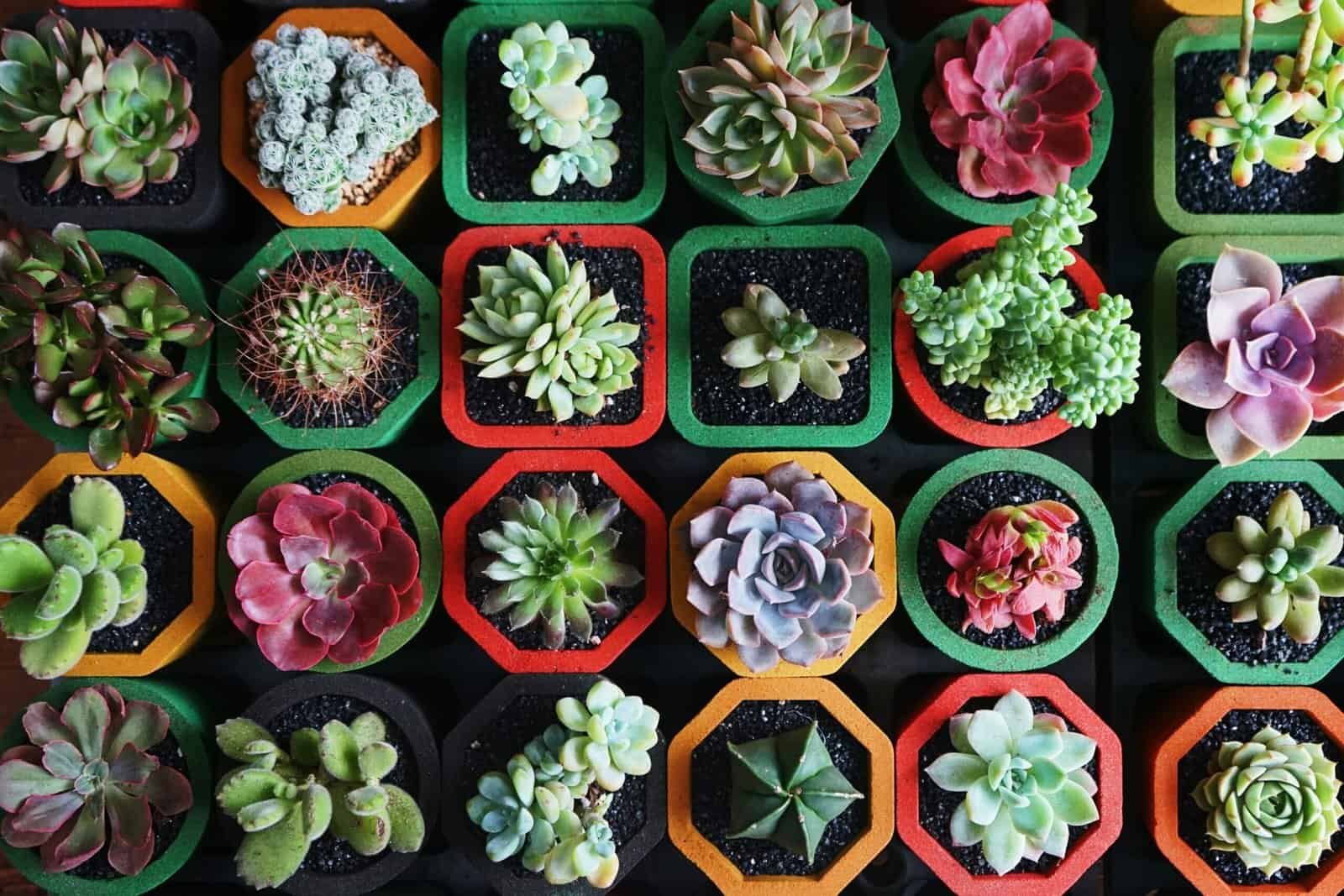
Managing Pests and Diseases
While Nopal cacti are relatively resilient, they are not immune to pests and diseases. Keeping your cactus healthy requires vigilance and timely intervention if problems arise.
Common Pests
Cacti can occasionally fall prey to pests such as mealybugs, scale insects, and spider mites. Regularly inspect your plants for signs of infestation, such as webbing, honeydew, or discolored patches, and take action promptly.
Disease Prevention
Root rot is one of the most common diseases affecting Nopal cacti, typically caused by overwatering and poor drainage. To prevent disease, maintain well-drained soil, and inspect your cactus regularly for signs of rot or fungal issues. If you notice any diseased areas, prune them off to prevent further spread.
Pruning and Maintenance
Pruning your Nopal cactus isn’t just about tidying up its appearance; it plays a crucial role in promoting health and vitality.
When and How to Prune
Prune during the growing season, ideally in early spring or summer. Use clean, sharp tools to remove any dead or damaged pads close to the base without harming the main plant. Removing these areas encourages new growth and helps prevent the spread of disease.
Maintaining a Clean Environment
Keep the area around your Nopal cactus free of debris and fallen plant matter, as these can harbor pests and disease. Regular maintenance will contribute to a healthier growing environment.
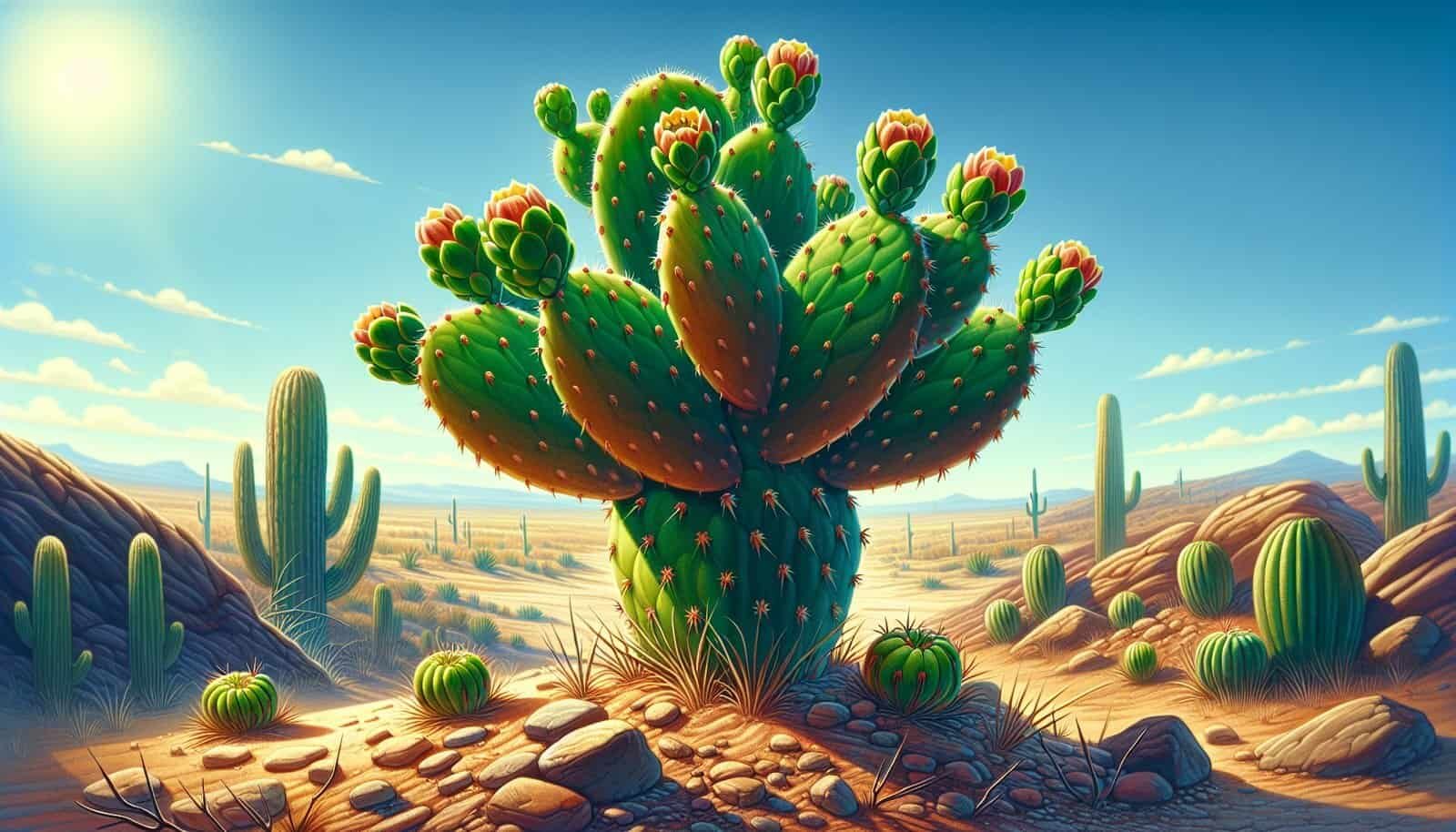
Harvesting and Using Nopal Cactus
Enjoy the fruits of your labor by harvesting and using your Nopal cactus in various ways. Knowing when and how to harvest will ensure you make the most of this versatile plant.
Harvesting Nopales
Nopales are best harvested during the spring and early summer when the pads are young and tender. With a sterilized knife or sharp tool, carefully cut the pads at the base, avoiding the spines.
Culinary and Medicinal Uses
Once harvested, you can prepare the pads by carefully removing the spines and cooking them in traditional dishes such as salads, stews, or as a delightful side dish. They can also be juiced or blended into smoothies for a nutritious boost. In addition to culinary uses, the Nopal cactus offers potential health benefits—its consumption is linked with blood sugar management and digestive health.
Troubleshooting Common Problems
Smooth sailing isn’t always guaranteed in gardening, but having some solutions in your back pocket will help you address common issues swiftly.
Yellowing or Shriveling Pads
If you notice your cactus pads yellowing or shriveling, it might be a sign of overwatering or insufficient sunlight. Adjust your watering schedule and ensure your cactus receives ample sunlight to resolve these issues.
Slow Growth
Slow growth can result from nutrient deficiencies or environmental stress. Evaluate your fertilization routine and check your plant for signs of stress, such as pests or poor soil conditions, making the necessary adjustments to aid its recovery.
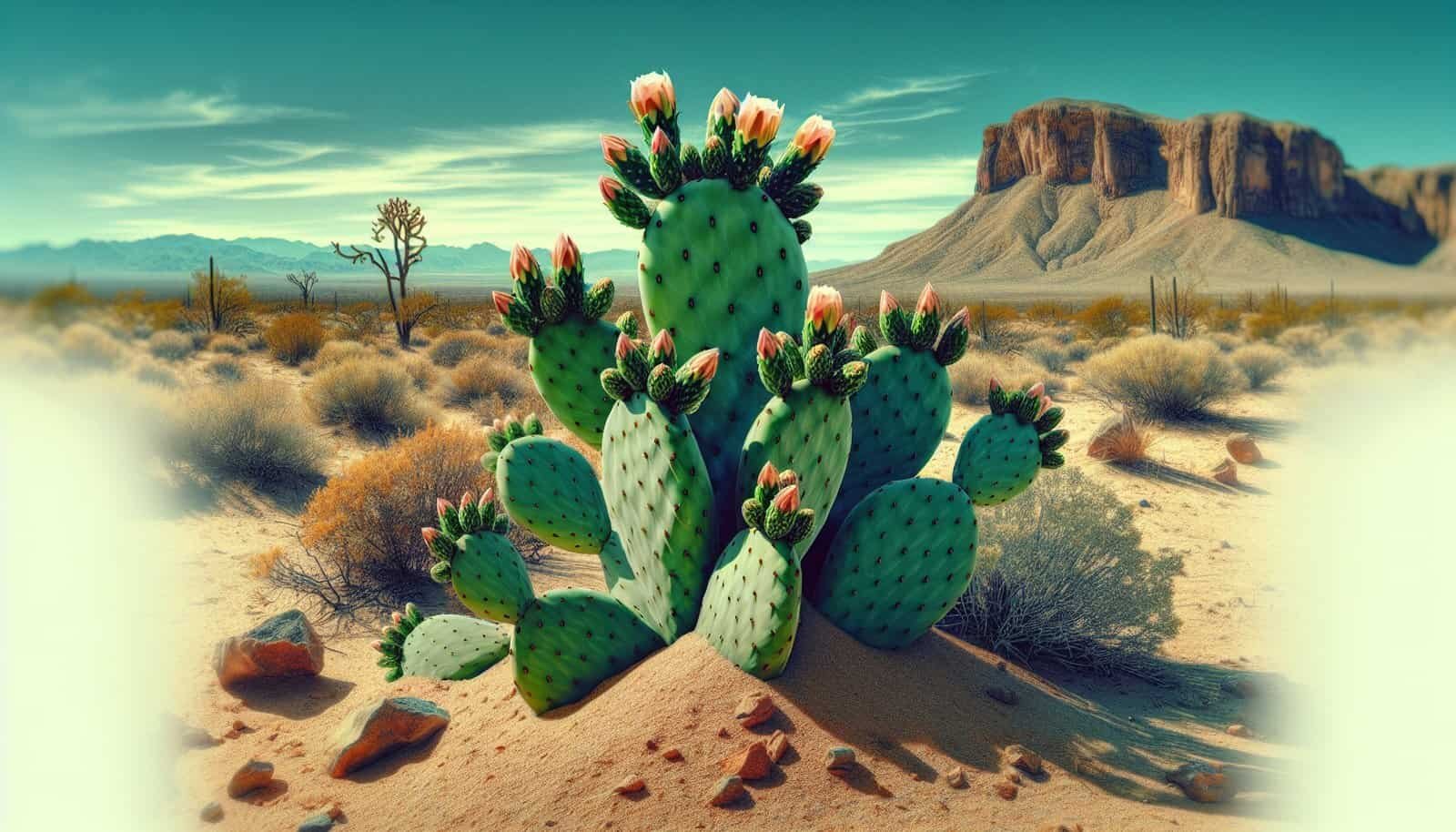
Cultivating Patience and Embracing Uniqueness
Growing a resilient and thriving Nopal cactus is a process that requires patience, care, and an appreciation for the unique challenges and rewards of working with this extraordinary plant. With the right approach and commitment, you’ll be able to cultivate a vibrant garden, even in poor soil conditions, that reflects the distinctive beauty and fortitude of the Nopal cactus. As you nurture your plants, you’ll also grow in your understanding and skills as a gardener, experiencing the joy and satisfaction of working harmoniously with nature.

